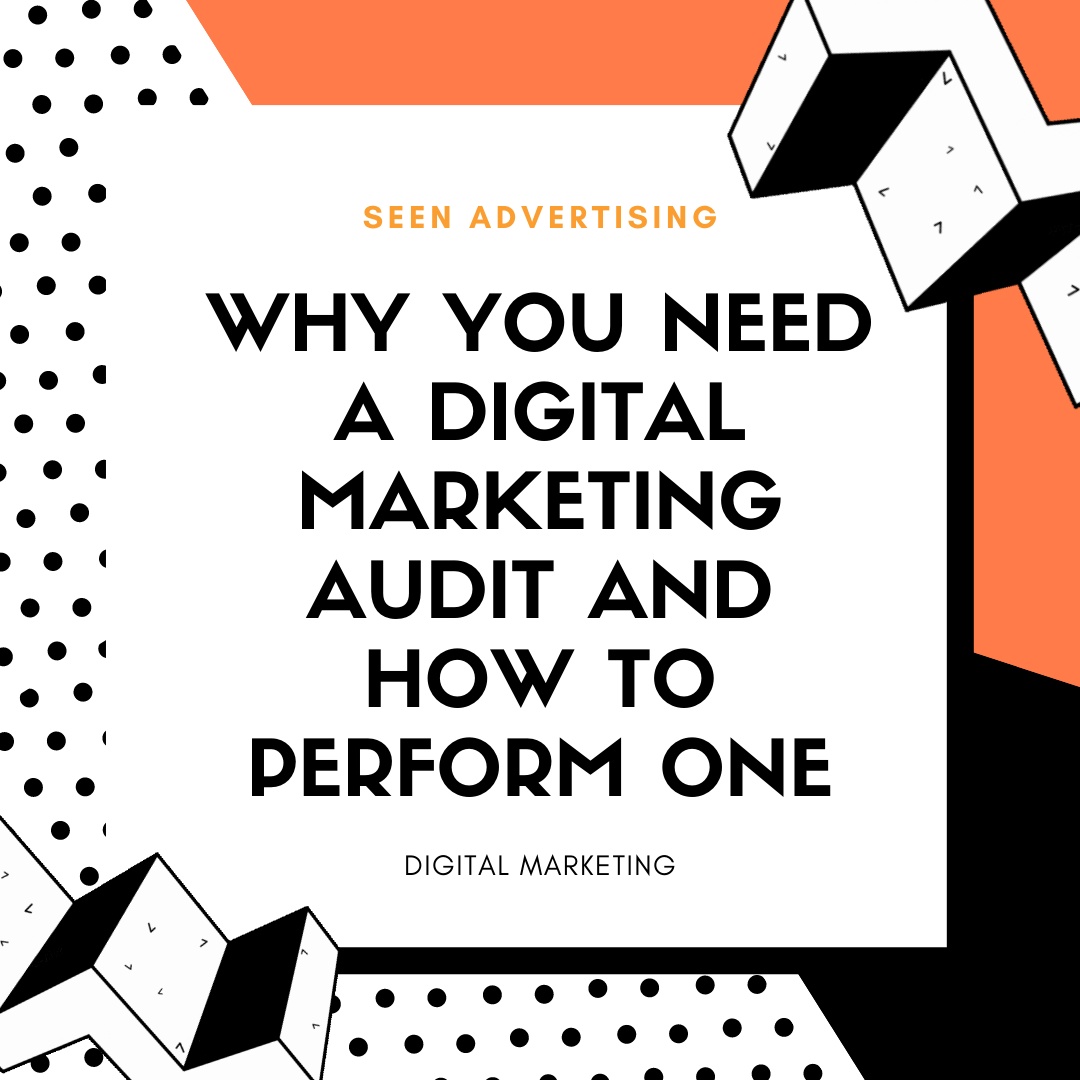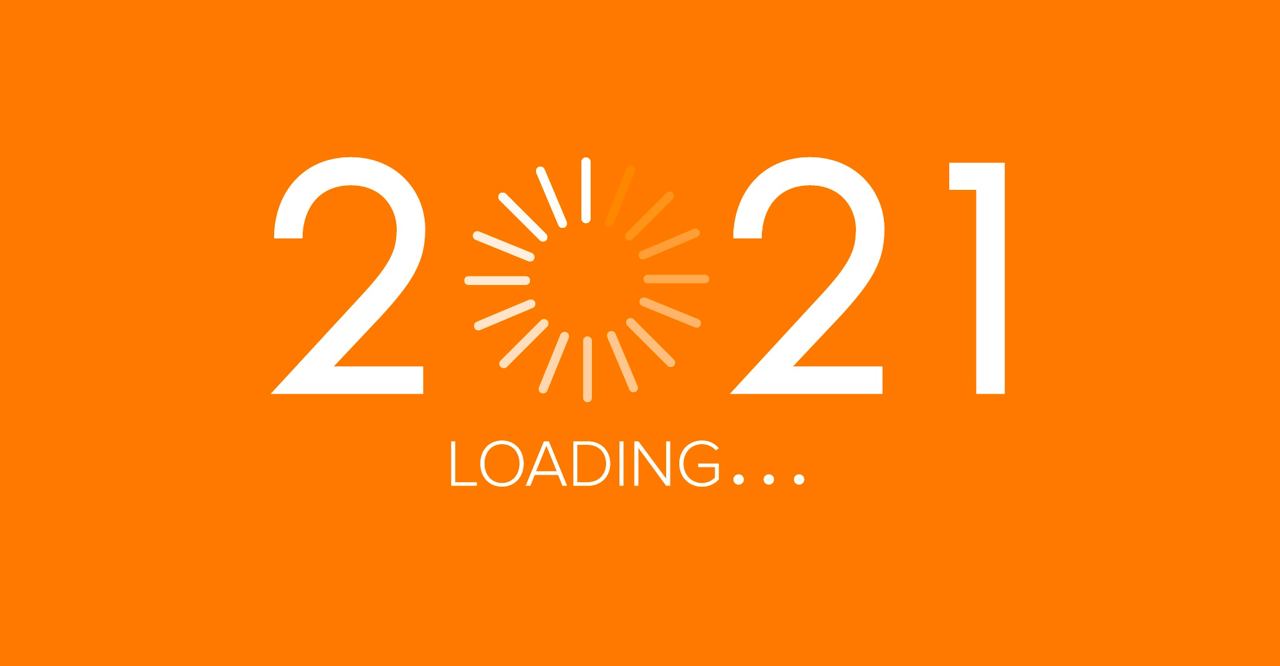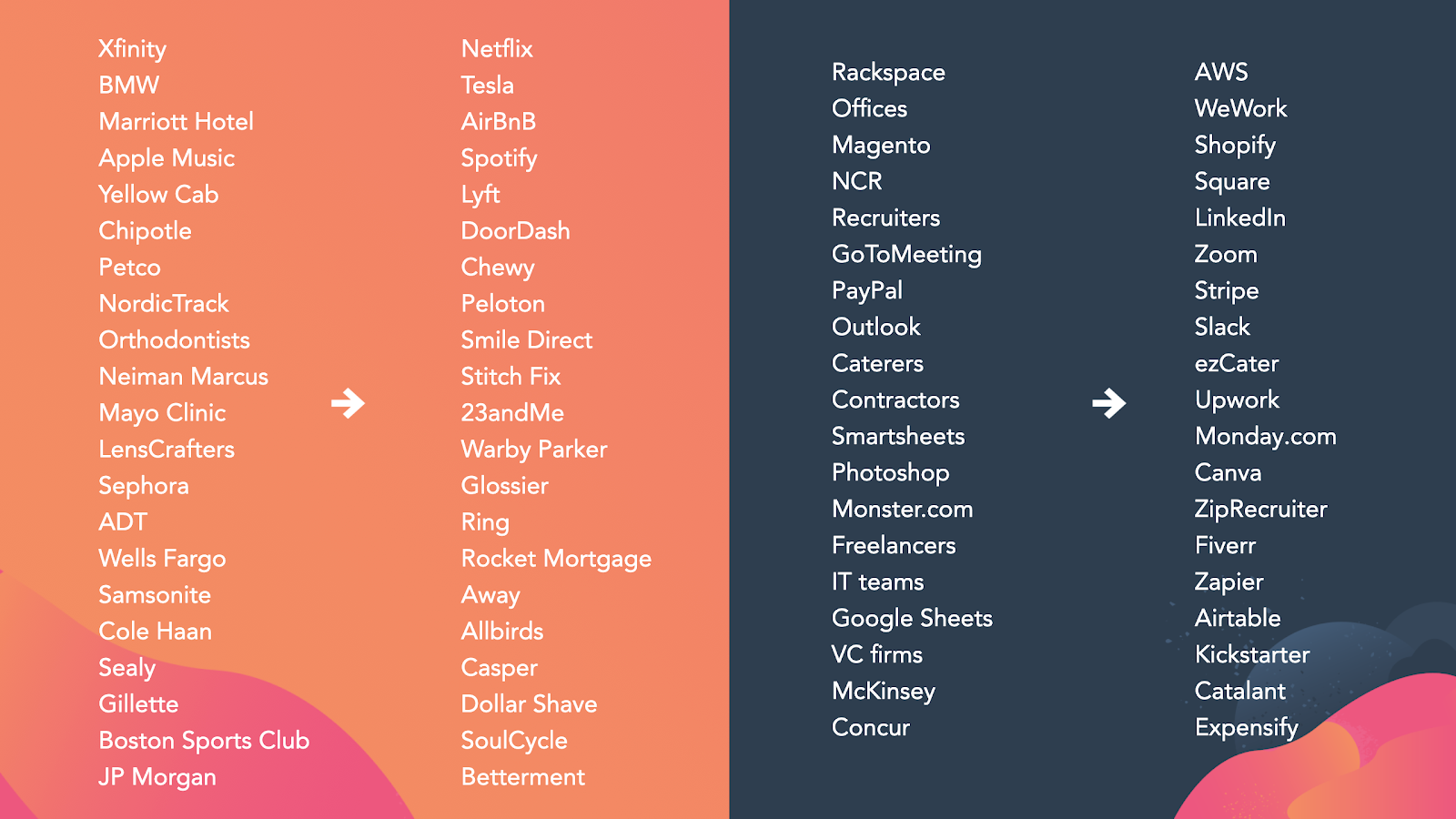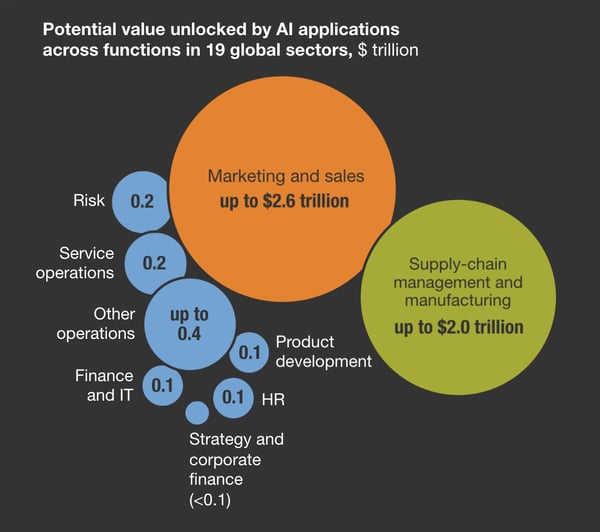The Ultimate Guide to Content Distribution
Year after year, hundreds of marketers report increased efforts and spending on their content marketing — or the intention to do so.
Year after year, hundreds of marketers report increased efforts and spending on their content marketing — or the intention to do so.
But great content is a waste if your audience doesn’t know it exists.
Content distribution is an integral part — if not the most important part — of your content strategy.
This guide will equip you with the tools you need to distribute the content you create. By the end, you’ll be able to build a content distribution strategy that gets your content in front of — and consumed by — your audience.
Although the content distribution process happens after you create your content, it should be step one of your content marketing strategy. You should know where and how you’re going to publish and promote your content before you put the proverbial pen to paper. Otherwise, your time and resources could go to waste.
Take a look at these content distribution statistics:
- 60% of marketers create one piece of content each day.
- 952 posts are published on Instagram each second.
- 8,726 tweets are posted to Twitter each second.
- Google answers 3.8 million search queries per minute.
As you can see, in recent years, we've seen a rapid influx of content … met with dwindling demand. With almost 4.5 million blog posts published every day , there’s only so much content we can consume. Marketing influencer Mark Schaefer argues that, because of this “content shock”, content marketing may not be a sustainable strategy for every business.
While I won’t agree or disagree with this theory, I will outline everything you need to know to successfully distribute your marketing content.
Before we dive into the various content distribution channels through which you can share your content, let's cover the different content types you can create for distribution.
Podcasts and Interviews
Distribute your podcast or interview content through Apple Podcasts , Spotify , or Google Podcasts. One example of this is HubSpot's Weird Work podcast , available on all three podcast networks as well as SoundCloud.
Videos
Distribute your video content through YouTube or Video. One example of this is HubSpot's YouTube channel , which shares brand content, how-to videos, and written content in video form.
Infographics
Distribute your infographic content through Pinterest, as well as on your blog. One example of this is HubSpot's infographic blog posts that are shareable on Pinterest. HubSpot also has its own Pinterest account on which it shares its own infographics in addition to other brand's.
Case Studies and Success Stories
Distribute case studies and success stories through a dedicated page on your website. One example of this is HubSpot's Case Studies page , where visitors can find all kinds of case studies featuring real HubSpot customers.
Webinars
Distribute your webinar content through a dedicated webinar page on your website, as well as calls-to-action (CTAs) on your blog posts. One example of this is HubSpot's Webinars webpage , where visitors can browse and access free webinar content.
Blogs
Distribute your blog content through — you guessed it — your blog. You can also send out a daily or weekly newsletter with a round-up of your best or recently published content. One example of this is HubSpot's Marketing, Sales, Service, and Agency blogs , each which has its own dedicated email newsletter.
2. Earned Content Distribution
Earned channels (also known as “shared” channels) are when third parties promote or share your content. These third parties could include customers, journalists, bloggers, and anyone who shares your content for free — hence the name “earned”.
These channels include public relations, social shares and mentions, guest articles and roundups, and product reviews. They also include forums and communities like Reddit or Quora — while posting on these sites is free, the content is owned by these third parties and therefore falls under earned channels.
3. Paid Content Distribution
Paid channels refer to when your company pays to distribute your content on certain channels. This primarily includes pay-per-click (PPC) , paid social advertisements, and paid influencer content.
The following diagram illustrates how these three content distribution channels overlap and how you can combine them to enhance their impact and reach.
If 70% of marketers lack a content strategy , how many do you think have a content distribution strategy? I’d bet not many.
Moreover, some marketers recommend that you spend 20% of your allotted content marketing time creating your content — and the other 80% promoting it. Sound like something you’re doing? If not, this is where a content distribution strategy comes in handy.
A content distribution strategy is important for a few reasons:
- It boosts your content impact past curation and creation. As I said above, great content is practically useless if nobody’s reading it. A
Here’s how to build a content distribution strategy for yourself.
1. Research your target audience.
Content distribution is all about getting your content in front of your audience — not just any audience. You can’t do this properly if you don’t know where they are and what they like to read. Before you build your strategy any further, research your target audience so you know precisely who will be consuming your content.
Start by collecting demographic data from your website visitors, email subscribers, social media followers, and customers. Take a look at your audience’s gender, age, income, location, education, and related categories. You can pull this information from Google Analytics or your social media analytics tools.
Next, collect feedback directly from your customers, email subscribers, and social media followers. Ask them about their pain points and needs as well as how they feel about your current content and distribution efforts.
Use these two data points to create your buyer persona. Your buyer persona(s) act as models of your ideal customers and content consumers and represent their pain points, information preferences, and motivations as you build out the rest of your content distribution strategy.
2. Audit your content.
You may already have some published content out there, such as blog posts, videos, social media content, and more. While your new content distribution strategy doesn’t involve removing that content, you should perform an audit to understand if it’s helping or hurting your distribution efforts. Auditing your current content will also remind you of which topics you’ve already written about and which ones you can expand on.
A thorough content audit is comprised of three main parts:
- Logging your content . Logging your content can be done manually or with a tool. (We recommend the latter, especially if you’ve been publishing content on multiple properties and channels.) Tools like Screaming Frog can help you crawl and collect your content, listing each URL, title, and description in a spreadsheet. The free version crawls up to 500 URLs. If you opt for a manual content audit, follow the steps in our blog post here.
- Assessing your content impact . If you crawl your content with SEMRush , the tool will also list content length, social shares, and backlinks. This information can help you assess the impact of each piece of content, alerting you to anything that needs to be updated , rewritten, or erased.
- Identifying your content gaps . You can also identify gaps in your content using the Ahrefs Content Gap tool or by performing keyword research to discover new keywords or keyword phrases to add to your content, thus helping it rank higher and for more terms.
3. Choose your content distribution channels.
Your content distribution channels are arguably more important than your content itself, hence why this step comes before content creation and after target audience research. Once you know your target audience, you’ll have a much better idea of how to get your content in front of your followers and customers.
Depending on your analysis, you may post on forums and communities like Reddit or Quora — and pay to promote your content on those sites, too. Alternatively, you may choose to exclusively share content on social media channels, or perhaps you find that traditional PR is your best route.
Regardless of which content distribution channels you choose, ensure they align with your audience’s preferences and behaviors.
Also, be sure to optimize your owned distribution channels — your blog, email newsletter, and social media profiles — as these are relatively inexpensive and in your control. Even if research shows that your audience prefers forums to social media or news sites to company blogs, never neglect your owned properties as these reflect on your brand and product.
As you work through this step, set aside time to optimize your blog-to-gain readership , brush up on how to send email newsletters (or start sending them ), and learn about organic social media marketing.
For these reasons, we recommend building a business blog and then expanding your content types from to share on other channels.
Consider the content types we discussed in the beginning of this guide, and think about how you’ll repurpose and distribute them.
| key performance indicators | related metrics |
| Traffic/reach | Unique page views by channel and source |
| Engagement | Bounce rate, average time on page |
| Top content (and falling content) | Top page views, top exits |
| Impact | Click-throughs, conversions, backlinks |
| Sentiment | Comments, social shares |
- S pecific: I want to increase our blog’s organic traffic by boosting backlinks from other reputable websites and blogs. This will increase our search engine ranking, thus bringing in more organic traffic.
- M easurable: I’d like 30 new backlinks to our blog.
- A ttainable: We’re already generating 10 new backlinks each month without an intentional strategy, so I believe 30 new backlinks this month with our strategy is feasible.
- R elevant: This goal aligns with our broader organic content marketing strategy and could also boost our earned media as we get mentions from press outlets and third-party bloggers.
- T ime-bound: I’d like to receive these backlinks within the next month.
6. Build an editorial calendar (and include distribution).
Content marketing and distribution require lots of planning to be successful. This is where an editorial content calendar can come in handy. You can create one in Excel or Google Sheets, or even use Google Calendar. Tools like CoSchedule , Asana , and Trello are helpful, too.
Your editorial calendar, like your content distribution strategy, helps your team stay aligned and work towards common goals. It also gives your writers and editors a roadmap for what they’ll be working on in the coming weeks and months.
Here’s what your editorial calendar may look like (using this post as an example):
Your editorial calendar is the perfect place to include your content distribution plans and goals. Here’s what that may look like on your editorial calendar:
See how the right-hand columns now include categories like “Publish Destinations” and “Repurposing Plans”? Your editorial calendar should serve as your hub for all content creation and distribution plans.
7. Create your content.
After you research your audience, audit your content, decide on your distribution channels and content types, and build your editorial calendar … it’s time to create your content. Content creation will vary based on your resources, team size, industry, and brand, so to get the most pointed, applicable advice, check out our Guide to Content Creation.
As you work on your new content, check out these tools:
- AnswerthePublic , which can help you flesh out topics and understand what your audience is searching for
- Canva , which can help you build gorgeous infographics and images
- Vidyard , which is a video hosting and publishing platform made for marketers
- Anchor , which is a free podcasting tool for beginners
We’ll talk more about content distribution tools in the next section.
8. Distribute and market your content.
You’ve created your content … now it’s time to put it out in the world. Following your editorial calendar and chosen distribution channels, publish and market your new content. As for any marketing channel, be sure you follow rules to optimize your posts on each channel.
For example, our team at HubSpot paid for ads on Reddit and found that it was helpful to organically engage with Redditors as well as pay for ad space. Alternatively, if you’re posting on (or paying for) social media, be sure to follow the guidelines for the best times to post and share content — the same goes for sending emails.
9. Measure and analyze your results.
As always, be sure to keep an eye on your content distribution results. Remember those KPIs, metrics, and SMART goals you established in step five ? Time to pull those out.
After you’ve published your content, take a look at Google Analytics, your social media analytics dashboards, and your blog performance — depending on where and how you distributed the content. Make sure you set a routine time to measure and analyze (weekly, monthly, or quarterly) so that you can establish a baseline and know which numbers you can beat the following week or month.
Whew! So, that’s what it takes to build a content distribution strategy. Be sure to iterate on this process; these guidelines may change as you expand your content efforts and scale your team. Now, let’s talk about the tools you need to get it done.
Content Tools
These tools help you publish your content on additional networks and forums to reach broader audiences.
1. Medium
Medium is a content platform that individuals and businesses alike use to publish content. You can use Medium in addition to or in lieu of your traditional blog. (We recommend in addition to your blog as this will give your content the broadest reach.)
Medium is where thousands of readers consume content. It’s a one-stop-shop platform for all kinds of content … kind of like Amazon is for products. For that reason, consider publishing to Medium to increase the number of people who see your content.
Price : Free and paid
2. LinkedIn Pulse
LinkedIn Pulse is similar to Medium except it lives on LinkedIn. While there isn’t a homepage that aggregates all the published content, it’s still a helpful tool for getting your written content in front of your followers (for free). You can publish on LinkedIn Pulse through your personal or company LinkedIn pages by simply clicking “Write an article”.
Note : LinkedIn Pulse is also a mobile application that you can download to receive daily headlines and trending news.
Read more about publishing on LinkedIn Pulse here.
Price : Free
PR Tools
These tools help connect you with journalists and publications to help expand your earned distribution channels and gain backlinks.
3. PR Newswire
PR Newswire is a press release distribution network. The platform helps you target and contact journalists and outlets by specific industries, geographic areas, and topics. It offers packages for state and local, regional, and national press.
Price : Paid
4. HARO
HARO stands for Help a Reporter Out, which is an online platform that connects journalists and sources. In this case, you’d be the source.
When you sign up for HARO, you’re sent daily emails with journalist queries. Respond to these queries to be potentially featured in an article. This is a reactive content distribution tool, but it’s helpful for getting press mentions and backlinks.
Price : Free and paid
Social Tools
These tools help distribute your content on social media and amplify your posts.
5. HubSpot
HubSpot is an all-in-one marketing software, meaning its useful for email marketing, analytics, and social amplification. I’ve placed it in the “Social Tools” section because its Social Inbox is incredibly helpful for content distribution.
From your Social Inbox, you can monitor, schedule, and post content to your social networks. You can also access information from your email marketing campaigns so you have the big picture of your readers and customers.
Price : Free and paid
6. ClickToTweet
ClickToTweet is a tool that equips your readers to share soundbites of your content on Twitter with a single click. You create your content soundbites, and ClickToTweet provides a link. When readers click that link, the tool opens their Twitter with the content soundbite already ready to post.
It also links to your Twitter account and content — allowing your readers to distribute your content for you.
Price : Free
7. GaggleAMP
GaggleAMP is a social amplification tool that allows you to aggregate your employee’s social networks and post company content directly to them. Employees have the option to review and improve content before it’s posted or allow it to go through automatically. This is a great alternative to constantly bugging your staff to post on about your business.
You can also use this tool to link to social networks from partners, customers, brand advocates, and more.
Price : Free and paid
8. AddThis
AddThis is an on-page social sharing tool. It allows your readers to share your content without bouncing from your page (and potentially getting distracted). You can also integrate AddThis share buttons into your email newsletter and other assets.
Price : Free
Analysis Tools
These tools help you measure and analyze the impact of your social posts and other distribution efforts.
9. Mention
Mention is a social media monitoring tool that provides social media listening, publishing, crisis management, and more. You can use Mention to monitor any mentions of your brand name, content, or social networks and respond accordingly. This is a great tool for measuring the impact of and engagement around your content and see who is promoting it for you.
Price : Free and paid
10. SharedCount
SharedCount is a tool that helps you measure the engagement of your social media posts. Simply input a URL, and SharedCount will report on its likes, shares, comments, and other engagement measures. While it can’t help you distribute your content, it can alert you to which pieces are performing well and which pieces may need to be updated or scrapped.
Price : Free and paid
Additional Tools
These additional tools help with your content distribution efforts.
11. Outbrain
Outbrain is a paid amplification tool that aggregates your content at the bottom of other articles. You can set up content campaigns with an RSS feed or specific URL(s), and Outbrain will place them under related content, encouraging readers to click and read yours.
Outbrain works with an impressive network, including digital publications like NYT and Mashable.
Price : Pay-per-click
12. WiseStamp
WiseStamp is an email tool that allows you (and your employees) to share your latest content in your email signature. Your email signature is often a forgotten but important piece of digital real estate that practically everyone who opens your emails will see. WiseStamp helps you make the most of that space.
Price : Paid
Distribute Your Content to Grow Better
Amazing content is a waste if no one is consuming it. Content distribution is a critical piece of the content marketing puzzle. It’s is also the key to boosting your brand awareness, collecting loyal followers, and encouraging your readers to click, act, and become customers.
Put these content distribution tips and tools to get your content in front of your audience.
Editor's note: This post was originally published in July 2019 and has been updated for comprehensiveness.
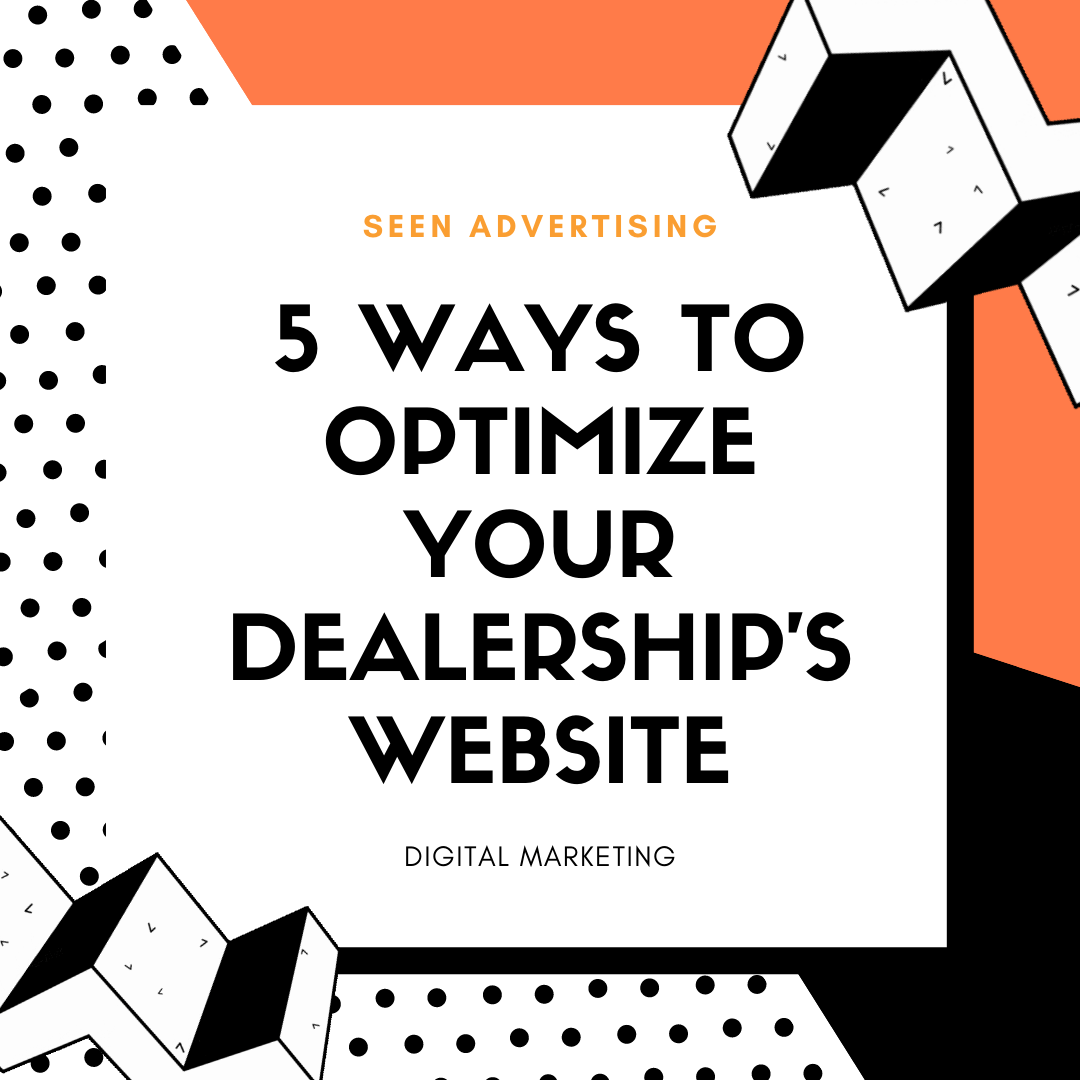



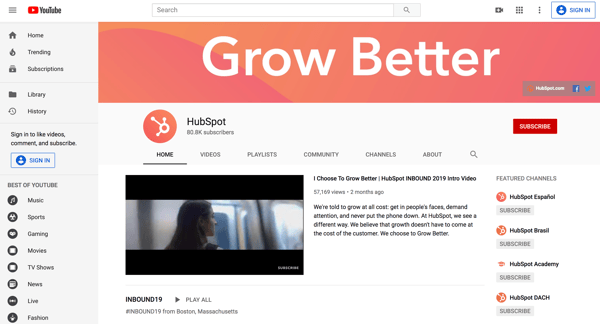
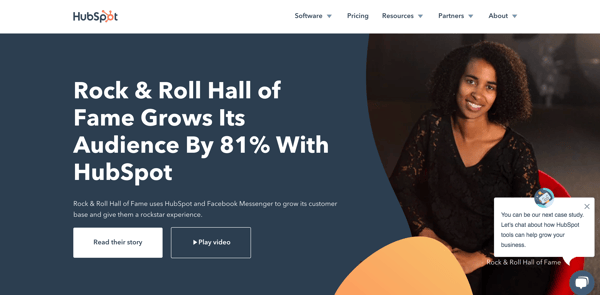

-1.png?width=600&name=Untitled%20presentation%20(1)-1.png)


